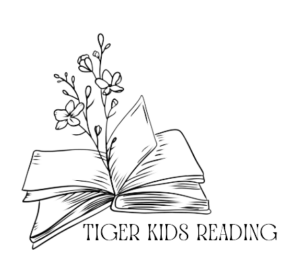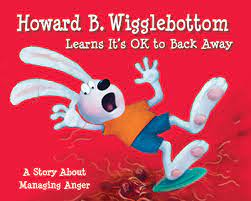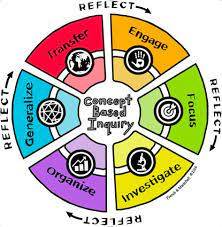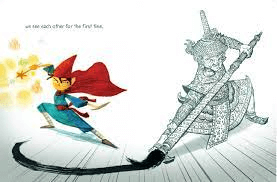Planning a conceptual based learning unit using picture books can be an effective way to engage students in learning and promote critical thinking. Here are some steps to help you plan a conceptual based learning unit using picture books.
Choose a conceptual theme: Begin by selecting a conceptual theme or idea that you want to explore with your students. This could be anything from empathy to perseverance to environmental sustainability. Make sure the theme is broad enough to allow for multiple picture books to be used.

If we choose “Community” as our overarching concept with an idea of responsible decision making within a community and the role leadership plays in a community, we can begin to choose books that reflect these big ideas.
Determine learning objectives: Determine the learning objectives that you want your students to achieve through this unit. These may include developing critical thinking skills, enhancing comprehension, building vocabulary, or promoting empathy and understanding.
An important part of the learning objectives is coming up with the essential questions that you want the students to be able to take away from the unit. This book can help you to formulate the correct essential questions for your unit:
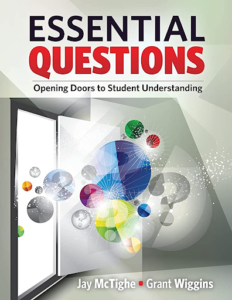
Select picture books: Select picture books that align with your chosen theme.. Choose books that will challenge students to think deeply about the theme and make connections to their own experiences and reflect the essential questions you constructed in step two.
If we reflect back to our idea of responsible decision making within a community, we can begin by inquiring into ‘what decisions do you make every day.” And slowly steer these answers to how your decisions can affect your community.
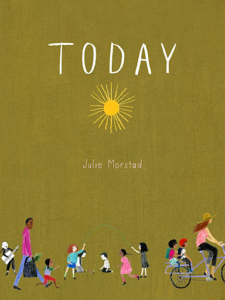
This is a great starting point for children to understand the amount of decisions they make every day. And can be used to compliment the essential questions of “What decisions do you make every day? What makes a decision fair? What is your reaction to an unfair decision?
Plan activities: Plan activities that will help students achieve the learning objectives. These may include class discussions, journal writing, vocabulary building exercises, or creative projects. Be sure to scaffold the activities to support students of all abilities.
Now you have your key concept, your essential question and your picture books. Time to plan engaging activities to allow students to achieve the learning objectives.
If we expand on our picture book “Today” and we are looking at the decisions we make every day and how we react to an unfair decision. Students can practice this in real life with an activity where unfair decisions are made with different scenarios. For example, allow students to make a decision on who they want in their group. Give the students legos and instruct them to build something. As they are building, start to make unfair decisions. Some groups are not allowed the green lego building base. Other groups can only use small red legos. The same general activity can be used with other materials too, such as color a picture and taking away certain colors. Video and see how the different groups react to the unfair decisions.
Assess learning: Develop assessments that will measure student learning. These could include quizzes, essays, or projects that allow students to demonstrate their understanding of the theme and its connection to the picture books.
Learning assessments do not have to be only tests and worksheets. If responsible decision making and leadership within a community is the goal, we can assess their behavior working in a group and how they respond to unfair decisions. By taking videos and reflecting with children on the decisions they made during the activity you are assessing their understanding of what is a decision.
Reflection: Reflect on the success of the unit and make adjustments for future learning. Ask students for feedback on their experiences with the picture books and the activities. Use this feedback to refine the unit and make it even more effective in the future.
Overall, using picture books as a basis for a conceptual based learning unit can be an engaging and effective way to promote critical thinking and deeper understanding of complex ideas.
Here is an outline of the picture books and essential questions I would use for a 6 week unit:
Week 1:
Today by Julie Morstad

What decisions do you make every day? What makes a decision fair? What is your reaction to an unfair decision?
Buy On Amazon
Week 2:
Under the Same Sky By Britta Teckentrup
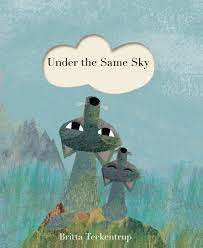
What is our responsibility to our community? How do decisions impact our community?
Buy On AmazonWeek 3:
Pina by Elif Yenencici
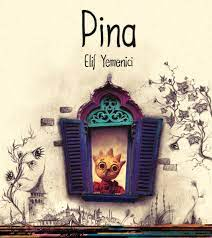
Why do some people choose to belong to a community? What communities do I belong to? How do they support me? What decisions do you have to make in your own community? (school, home, class etc)
Buy On AmazonWeek 4:
Rulers of the Playground by Joseph Kuefler
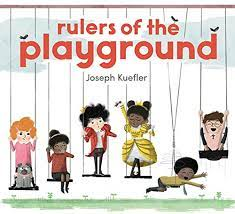
Everyone can be a leader but is everyone a good leader? What decisions does a leader have to make? What is the effect of a decision?
Buy On AmazonWeek 5:
Sofia Valdez, Future Prez by Andrea Beaty
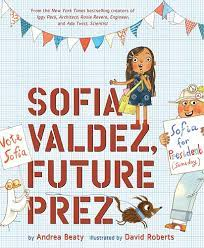
What common virtues do excellent leaders share? How do you show these virtues in your decision making process?
Buy On AmazonWeek 6:
Ping by Ani Castillo
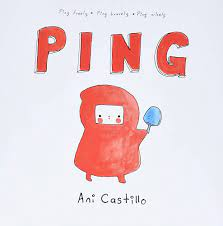
How can a community encourage responsible decision making among its members?
Buy On Amazon
